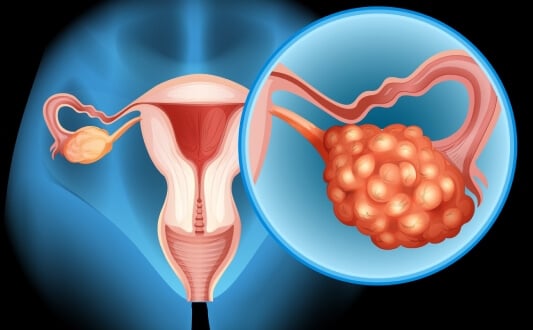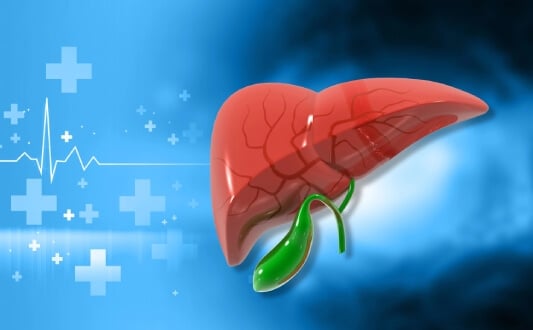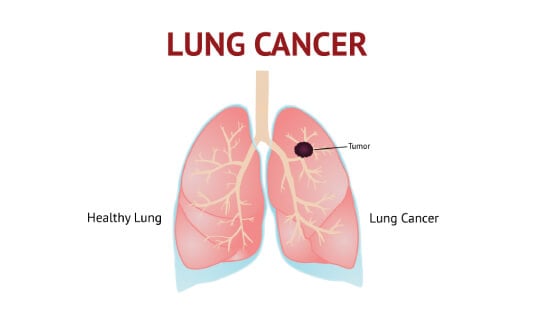Medical Blog About Treatment Abroad
Welcome to our medical blog – it is dedicated to empowering patients with knowledge about global healthcare! We created this platform with the intention to bridge the gap between patients and the medical innovations available globally.
What's Inside: Discover new and rare methods in oncology, immunology, heart surgery, neurosurgery, and other medical fields! Our health travel insights show how medical journeys open new possibilities with advanced treatments unavailable locally, including specialized cancer care abroad.
Who Benefits: This resource is for patients and their families who seek new treatment methods and explore options at leading international hospitals. Those who want to make informed healthcare decisions beyond borders.
Why Read: Booking Health experts provide verified information through patient-friendly articles – they translate complex medical advances into accessible info. Stay current with the latest developments in global healthcare and discover how international medicine can transform treatment outcomes!
Browse our latest articles and take the first step toward better health outcomes!
Oncology - page 2
 Ovarian Cancer Treatment Options in Germany
Ovarian Cancer Treatment Options in Germany
Ovarian cancer is a significant global health concern, ranking as the eighth most common cancer among women. In 2022, there were approximately 324,603 new cases worldwide, with over 206,000 related deaths. The disease often presents with non-specific symptoms, leading to late-stage diagnoses and a global five-year survival rate ranging...
 Liver Cancer Treatment with Dendritic Cell Therapy
Liver Cancer Treatment with Dendritic Cell Therapy
Liver cancer remains one of the most pressing global health challenges of the 21st century. It is the third leading cause of cancer-related deaths worldwide, with hepatocellular carcinoma (HCC) accounting for the vast majority of cases. According to the Global Cancer Observatory, over 900,000 new liver cancer cases were diagnosed in 2022 alone...
 HIPEC Treatment for Cancer
HIPEC Treatment for Cancer
Hyperthermic Intraperitoneal Chemotherapy (HIPEC) is a highly targeted cancer treatment used for tumors that have spread within the abdominal cavity. Unlike standard chemotherapy, HIPEC delivers heated, high-dose drugs directly into the abdomen after surgical tumor removal, allowing for stronger local action with fewer systemic...
 Treatment for Glioblastoma – Full Guide: New and Standard Treatments
Treatment for Glioblastoma – Full Guide: New and Standard Treatments
This is scary and confusing when one gets the glioblastoma (GBM) diagnosis. But innovative therapies are changing outcomes for patients worldwide. This guide provides you with information on conventional protocols and breakthrough medical care. You need to understand all available options to make informed decisions.
 Lung Cancer Treatment in Germany: All New and Most Effective Treatment Options
Lung Cancer Treatment in Germany: All New and Most Effective Treatment Options
Lung cancer is one of the most prevalent and aggressive malignancies globally, significantly impacting public health. According to the German Centre for Cancer Registry Data, there were approximately 56,700 new cases of lung cancer diagnosed in Germany in 2020, with 34,100 cases in men and 22,590 in women. The age-standardized incidence...
 Comprehensive Guide to Lung Cancer: Treatment Options
Comprehensive Guide to Lung Cancer: Treatment Options
Lung cancer remains one of the most serious and prevalent health challenges worldwide. Global statistics indicate that lung cancer is the leading cause of cancer-related deaths worldwide, accounting for approximately 25% of all cancer fatalities. The disease progresses through four distinct stages, each influencing the choice of treatment and...
 Modern Cervical Cancer Treatment in Germany
Modern Cervical Cancer Treatment in Germany
Cervical cancer remains one of the most common gynecological malignancies worldwide, with significant disparities in incidence and survival depending on geography and access to care. According to the World Health Organization, over 600,000 women are diagnosed with cervical cancer each year globally, and nearly 340,000...
 A Comprehensive Guide to Getting Prostate Cancer Treatment
A Comprehensive Guide to Getting Prostate Cancer Treatment
Prostate cancer remains a significant global health concern, ranking as the second most commonly diagnosed cancer among men worldwide. In 2022 alone, approximately 1.47 million new cases were reported, accounting for 14.2% of all cancer diagnoses in men. Prostate cancer varies in its progression. Some tumor types prostate cancer patients...

